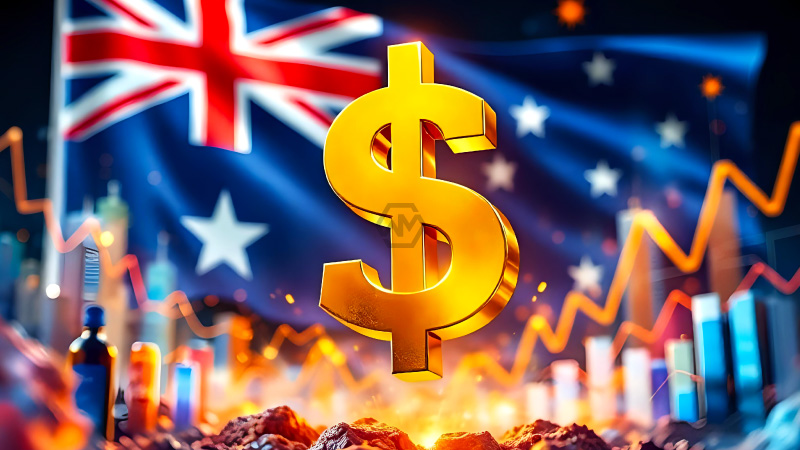- Australia’s economy grew by 0.6% in Q4, the fastest pace in two years.
- Household spending and strong exports contributed to the revival.
- Inflation eased, but productivity remains a concern.
Australia’s economy showed signs of recovery in the December quarter, growing at its fastest rate in two years. A boost in household spending, aided by tax cuts and slowing inflation, helped drive the 0.6% GDP growth.
Despite the improvement, challenges remain. Productivity continues to decline, and GDP growth is still below the long-term average. Inflation, though moderating, remains slightly above the Reserve Bank of Australia’s (RBA) target range.
Economic Revival: A Step Forward for Australia
Australia’s economy recorded its best quarterly growth since late 2022, with GDP expanding by 0.6% in Q4. Consumer spending rebounded as tax cuts and lower inflation gave households more room to spend, especially on retail and entertainment.
Net exports and government infrastructure investments also played a crucial role in driving growth. The public sector’s contribution to GDP was significant, highlighting the government’s efforts to support the economy through spending.
However, productivity remains a key concern, with output per hour still declining. The RBA has emphasized that productivity growth must improve to keep inflation within the 2-3% target range over time.
Looking ahead, financial markets anticipate another rate cut in May if core inflation continues to decline. However, uncertainties remain, with global economic factors and domestic challenges influencing the RBA’s next move.
Australia’s economic recovery is a positive development, but long-term growth sustainability depends on improving productivity and managing inflation effectively.
“A rising tide lifts all boats.” – John F. Kennedy.



